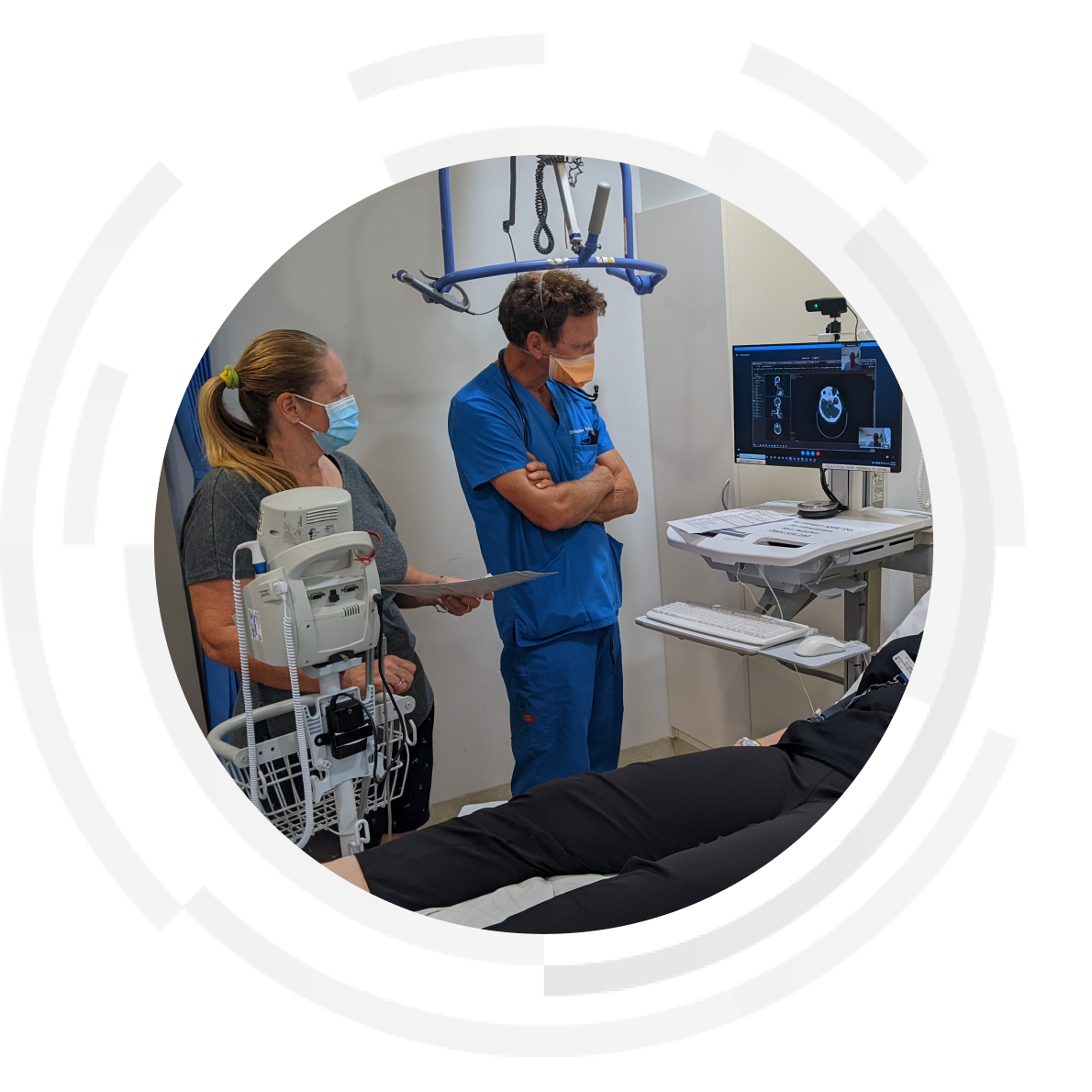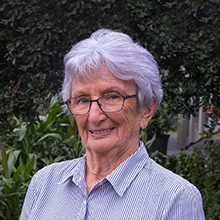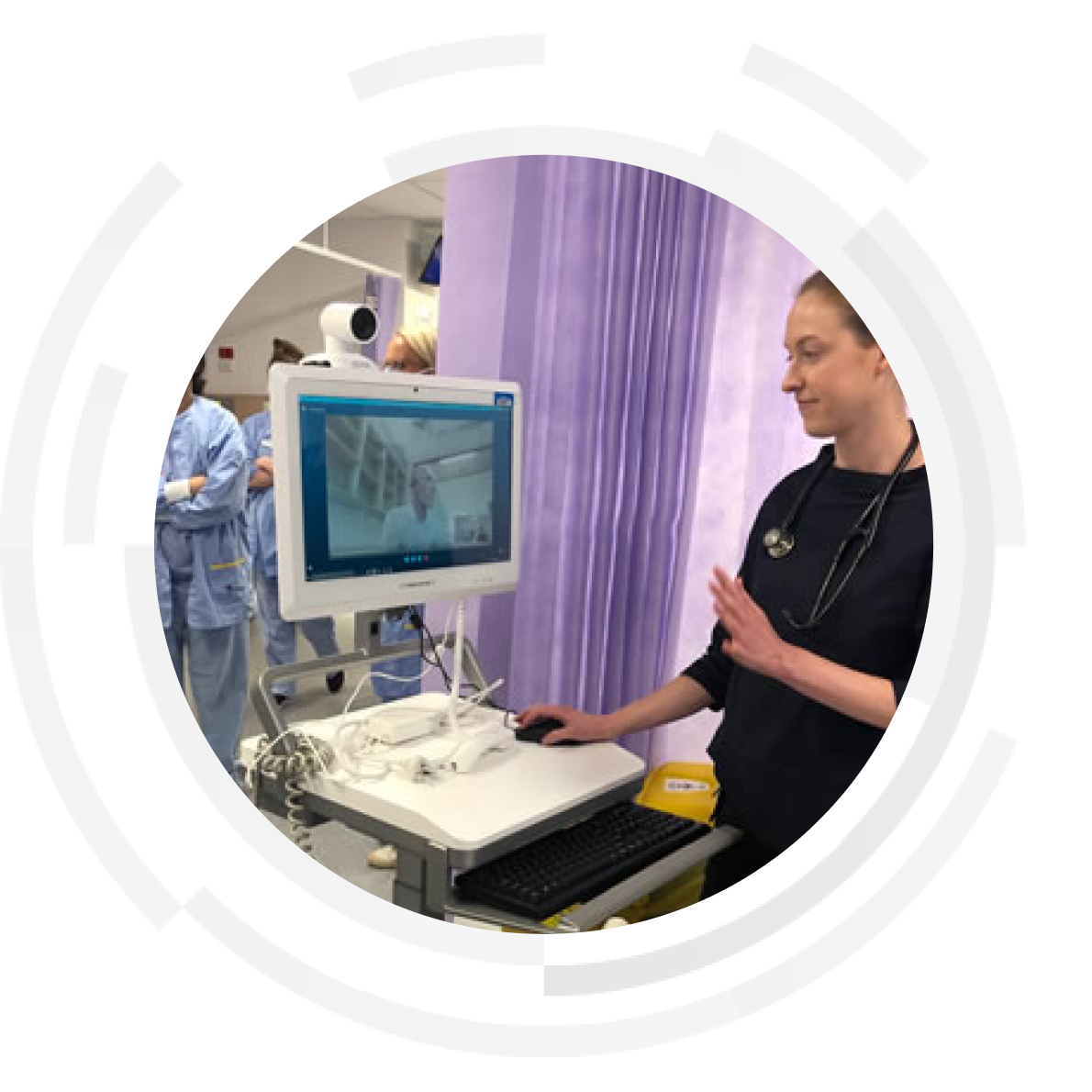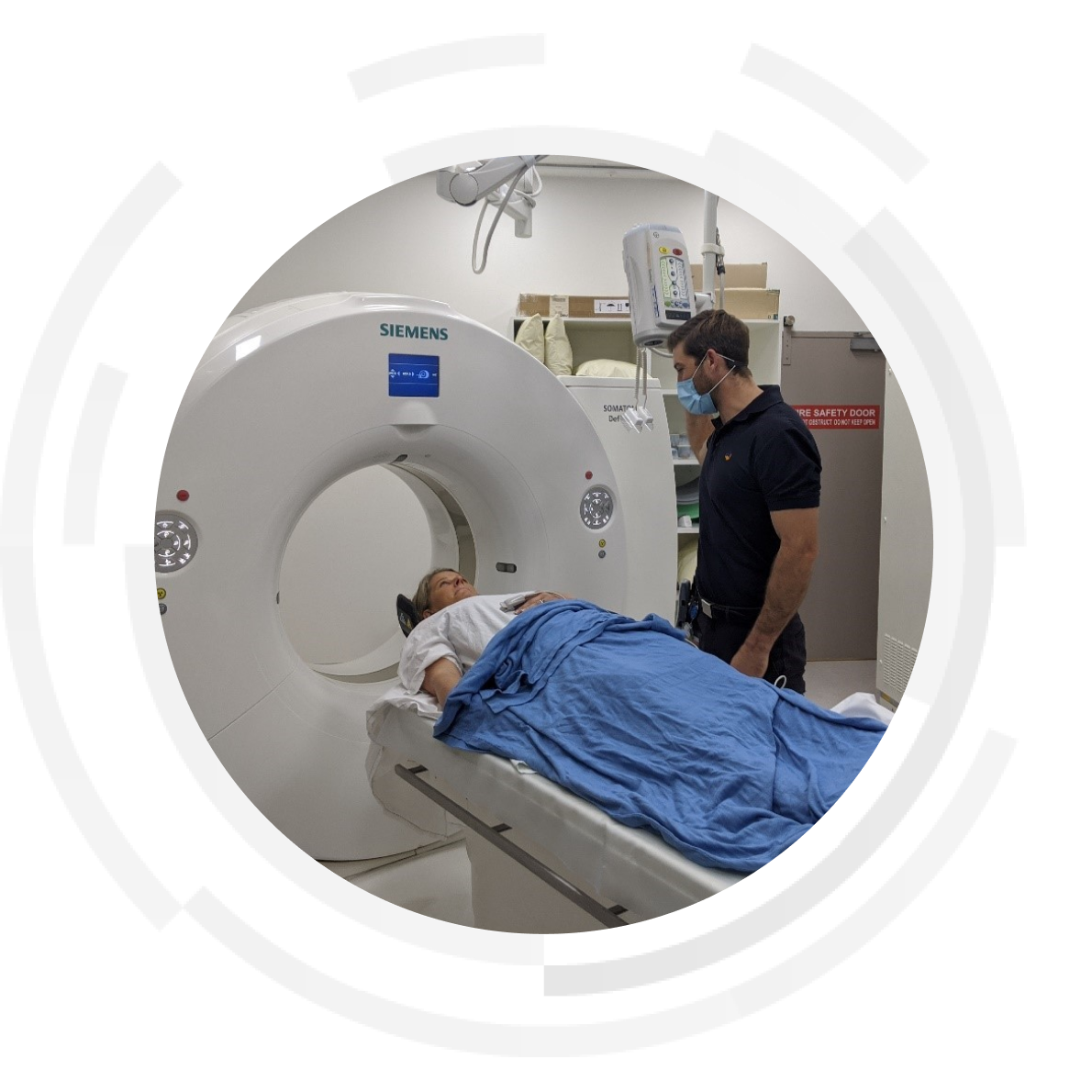The NSW Telestroke Service is a collaboration between eHealth NSW, the Prince of Wales Hospital,
the Agency for Clinical Innovation and the NSW Ministry of Health.

The Challenge
Stroke is a leading cause of disability in Australia. It is a time-critical medical emergency that requires access to specialist physicians for rapid assessment, diagnosis and treatment. With more than a third of people hospitalised for stroke in NSW from regional and rural areas, the challenge was to provide physicians in these areas with access to expert stroke clinicians and advice.

The Plan
After extensive consultation with Local Health Districts and NSW Health organisations, it was determined that a state-wide NSW Telestroke Service would be established at 23 key locations in regional and rural NSW by June 2022.
Launched in March 2020, eHealth NSW worked in partnership with the Agency for Clinical Innovation, Prince of Wales Hospital and the Ministry of Health to implement the technology solution delivering the service.
eHealth NSW leveraged its existing capabilities including the state-wide unified communications platform in hospital emergency and radiology departments, the state-wide Enterprise Image Repository’s (EIR), 3D Image manipulation and the Perfusion Post processing solution, Rapid AI.
Using video consultation technology, the Telestroke virtual team can provide remote specialist assessment, diagnosis and treatment planning for patients with a suspected stroke.


The Outcome
The NSW Telestroke Service is available at 23 referring sites in regional and rural NSW.
The platform supports communication across hospital and district boundaries, and its screen sharing and collaboration functions enable remote viewing of electronic medical records, real time scanning review of images and live patient assessment.
The platform also enables teams to include patients, carers and additional clinicians (e.g. from ECR centres) in the consultation and decision-making process.
Telestroke is helping local treating clinicians decide whether a patient should be given urgent treatment to dissolve a clot at their local hospital or be transferred urgently to a specialised stroke centre for more complex treatment.
You can read more about Telestroke and other virtual care initiatives on the NSW Health website.

The Benefits
Apart from saving patients’ lives, the NSW Telestroke Service has many benefits including:
- Providing immediate access to specialist services and advice
- Reducing waiting time from diagnosis to rapid treatment
- Providing faster patient assessment turnaround times
- Supporting remote viewing of electronic medical records, real-time review of images and patient assessment
- Delivering care closer to a patient’s home and their family
- Improving patients’ quality of life post treatment.
* Data correct as of October 2023
^ Data correct as of May 2023
Related solutions
The Critical Care Cameras and network provide clinicians with access to specialists based at different hospitals.
myVirtualCare is NSW Health’s videoconferencing platform that provides virtual access to healthcare from anywhere i…
MedSync is a function within Microsoft Teams that allows clinicians to upload clinical photography and video into a…
